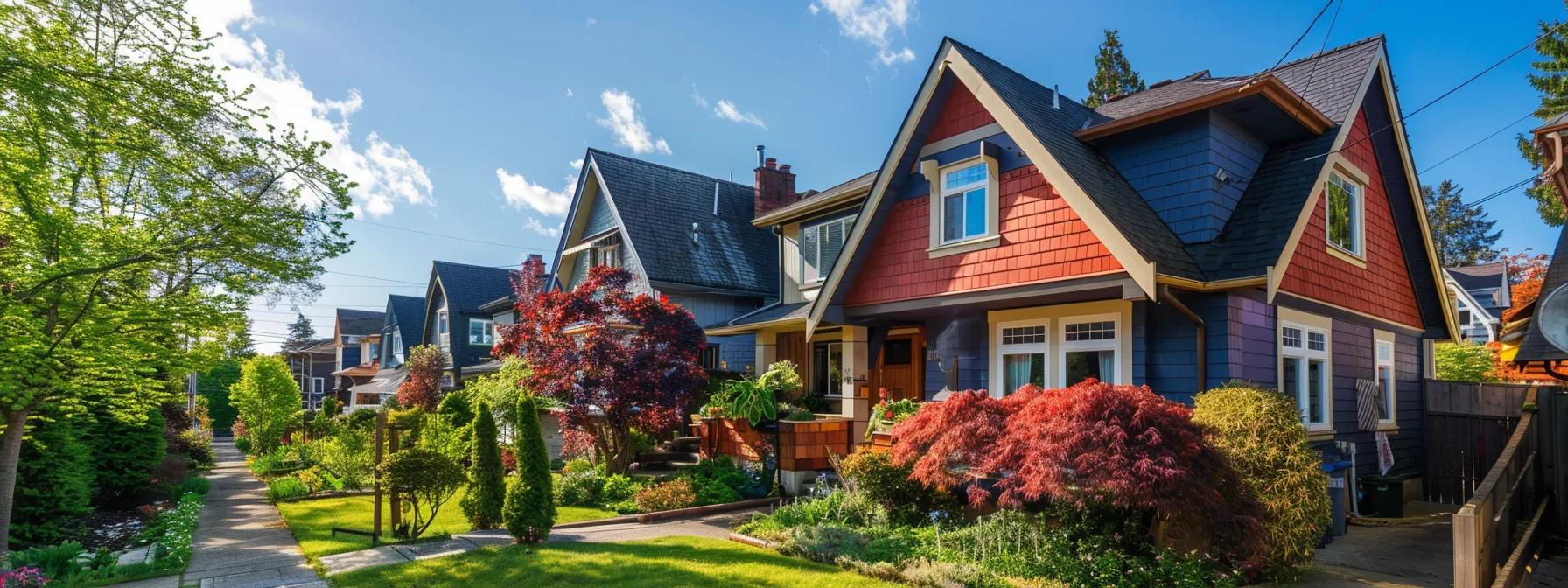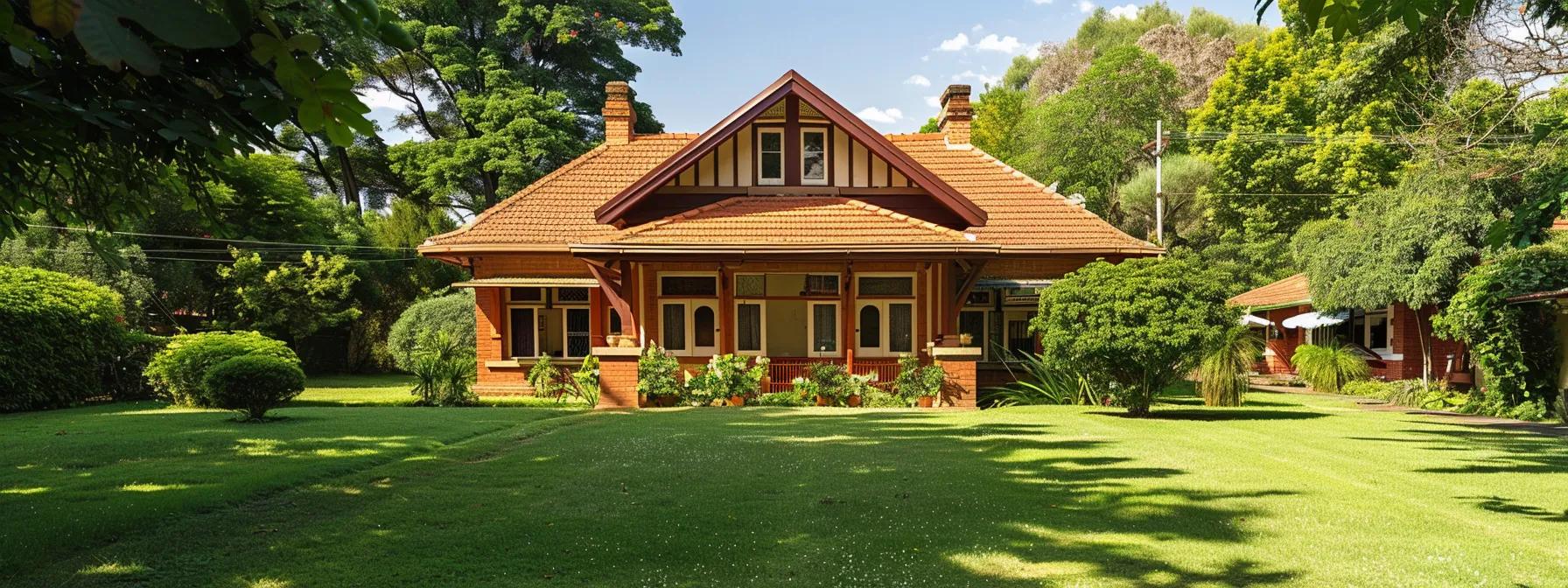Heads Up: When you purchase through links on our site, we may earn an affiliate commission at no cost to you.
Master the Process: How to Purchase an Investment Property
Buying an investment property sounds exciting—until you realize how many moving parts there are. It’s not just about browsing listings and making an offer. From financing to cash flow analysis, knowing how to purchase an investment property takes planning, precision, and a long-term mindset.
This guide walks you through every step of the process, whether you’re buying your first rental or adding to a growing real estate portfolio. You’ll learn what separates an average deal from a great one—and how to avoid rookie mistakes that could cost you thousands.
Key Takeaways
- Prep your finances: Strengthen your credit score, reduce debt, and gather documentation.
- Explore funding options: From traditional mortgages to hard money loans and home equity, match the loan to your strategy.
- Choose the right agent: Find one who understands investments, not just home sales.
- Run your numbers: Prioritize cash flow, not emotions.
- Do your due diligence: Inspections, lease reviews, and legal checks protect your money.
- Close with confidence: Understand the documents and partner with a great property manager if needed.
Why Invest in Real Estate? The Power of Passive Income and Equity Growth

Real estate is one of the most trusted paths to wealth, and for good reason. Unlike stocks or mutual funds, property offers both cash flow now and appreciation over time.
1. Consistent Passive Income
A well-selected rental property can deliver steady monthly income after expenses. That means:
- Your tenants pay your mortgage
- You earn income on top of covering costs
- You reinvest that income or use it to grow your portfolio
It’s a repeatable process—and one that scales with the right strategy.
2. Long-Term Equity Growth
As your property value increases and you pay down the loan, you build equity. That equity gives you the option to:
- Refinance and pull cash
- Sell for a profit
- Leverage it for another investment
3. Tax Advantages
Real estate offers serious tax perks:
- Depreciation deductions
- Mortgage interest write-offs
- Expense and insurance deductions
- Deferred taxes via 1031 exchanges (advanced strategy)
Add in diversification, inflation protection, and leverage, and it’s clear why so many investors choose real estate as their go-to asset class.
- Instant feedback
- Valuable insights
- Actionable tips
What Makes an Investment Property Different from a Primary Residence?

Buying an investment property isn’t the same as buying your personal home. Lenders, insurers, and even the tax man treat these properties differently—and you should too.
1. Higher Down Payments
Most lenders require 15%–25% down payment for investment properties, compared to as little as 3% for a primary residence.
2. Stricter Loan Requirements
Expect:
- Higher minimum credit score
- Proof of stronger income and assets
- Tighter debt-to-income ratios
Lenders view rentals as riskier, so they protect themselves by raising the bar.
3. Different Tax Treatment
You get to deduct plenty of expenses (yay!), but you’ll also deal with:
- Depreciation schedules
- Rental income tax reporting
- Potential capital gains taxes when you sell
4. Insurance Costs More
Landlord insurance or rental property policies usually cost 15%–25% more than owner-occupied homeowners insurance.
Understanding these differences upfront helps you budget and plan for a smoother path to ownership and profit.
Step 1: Prep Your Finances Before You Shop
Before you scroll through listings or daydream about passive income, lock down your financials. It makes everything else easier—and saves you from wasted time and bad surprises.
1. Review Your Credit Score
Aim for 680+ for conventional loans. Higher scores mean:
- Lower interest rates
- Better loan terms
- Less mortgage insurance (or none at all)
2. Manage Debt and Build Reserves
Lenders want to see:
- Low debt-to-income ratios
- Proof you can cover six months of expenses (even without rent)
Plan for upfront costs like:
- Down payment
- Closing fees
- Renovations or repairs (especially roofs, HVACs, and plumbing)
3. Organize Your Documents
You’ll need:
- Bank statements
- Tax returns (usually two years)
- W-2s, 1099s, or profit and loss statements if you’re self-employed
The more organized you are, the faster you can move when the right deal shows up.
Step 2: Explore Your Financing Options

One of the biggest advantages in real estate is leverage—using other people’s money to grow your wealth. But to play smart, you need to know your funding options.
1. Conventional Mortgage Loans
- Requires 15%–25% down payment for investment properties
- Competitive interest rates for borrowers with strong credit scores
- Fixed or adjustable rates available
2. FHA and VA Loans (for House Hackers)
- FHA loans require only 3.5% down, but you must live in one unit
- VA loans (for veterans) offer 0% down options
- Great if you’re buying a duplex, triplex, or fourplex and plan to live in one unit
3. Home Equity Loan or Line of Credit (HELOC)
- Tap into existing home equity to fund your next purchase
- Interest rates tend to be lower than those of personal loans
4. Hard Money Loans
- Short-term funding based on the asset‘s value, not your income
- Higher interest rates but faster closing—ideal for flipping
5. Bridge Loans and Crowdfunding
- Temporary financing while you sell another asset or reposition an investment
- Crowdfunding platforms allow pooling money with others for larger deals
Choosing the right loan depends on your strategy, budget, and timeline.
Step 3: Work with the Right Real Estate Agent or Broker
Not every real estate agent understands investment property. You need someone who thinks like an investor, not just someone who finds you a cute house.
1. Look for an Investor-Friendly Agent
They should:
- Understand cap rates, cash flow, and market trends
- Have access to off-market or early-stage deals
- Help you run realistic rent comps and repair estimates
2. Interview Before You Commit
Ask:
- “How many investment properties have you worked with?”
- “Can you run a basic cash flow analysis?”
- “Do you work with investors who flip, rent, or both?”
3. Focus on Local Knowledge
Even the best spreadsheet means nothing if you don’t know the neighborhood. A good agent knows:
- Tenant profiles
- Zoning regulations
- Where is the local city growth moving next
A smart agent doesn’t just find deals—they find deals that make sense.
Step 4: Run the Numbers Before You Commit
Before you fall in love with a property, make sure the math makes sense. Every investor should know how to quickly assess whether a deal has potential or will lose money.
1. Estimate Cash Flow
Cash Flow = Income – Expenses
Your income includes:
- Monthly rent
- Laundry or parking fees (if applicable)
Your expenses might include:
- Mortgage payment
- Property tax
- Insurance policy
- Repairs, maintenance, and vacancy
- Property management fees
If it’s not cash-flowing today, be honest about what needs to change to get there.
2. Analyze Cap Rate and DSCR
- Cap Rate = Net Operating Income / Purchase Price
(Ideal range: 6–10% depending on the market and risk level) - DSCR = Net Operating Income / Debt Payments
(Lenders prefer 1.25+ for financing)
3. Factor in All Expenses
Don’t forget:
- Mortgage insurance
- HOA fees
- Future capital expenses like roof, plumbing, or HVAC systems
Running these numbers saves you from buying a property that looks good on the outside, but eats up your net income every month.
Step 5: Choose the Right Property Type for Your Goals

Not every property fits every strategy. Whether you’re chasing passive income or a quick flip, you need the right fit.
1. Single-Family Homes
Pros:
- Easier to finance and manage
- High tenant demand
- Lower vacancy risk
Cons:
- One tenant = 100% vacancy if they leave
- Slower cash flow growth unless appreciation hits
2. Duplexes, Triplexes, and Fourplexes
Pros:
- Multiple rental incomes
- Live in one unit, rent the rest (house hack)
- Eligible for residential loans
Cons:
- More management required
- Higher upfront cost
3. Condominiums
Pros:
- Lower maintenance (HOA handles the exterior)
- Great for out-of-state investing
Cons:
- HOA fees can eat into returns
- Limited control over the property and rules
4. Turnkey Rentals or Flipping
- Turnkey: Already rehabbed and tenant-occupied—great for hands-off income
- Flipping: Buy low, renovate, and sell fast—great for short-term profit, but higher risk
Match the property type to your available time, budget, risk tolerance, and investment horizon.
Step 6: Secure Financing and Make an Offer
Now that you’ve found the right property and run the numbers, it’s time to get serious. Lock in your funding and make a competitive offer that protects you.
1. Get Pre-Approved
This isn’t just a formality—it makes your offer stronger and tells sellers you’re serious. Pre-approval includes:
- Pulling your credit report
- Verifying income, assets, and debt
- Matching you with the right mortgage loan, home equity loan, or hard money loan
2. Understand the Underwriting Process
After your offer is accepted, your file goes to underwriting. Expect:
- Detailed review of bank statements, credit history, and income
- Verification of the property’s value via an appraisal
- Confirmation that the loan meets criteria from lenders like Fannie Mae, Freddie Mac, or FHA
3. Submit a Strategic Offer
A great offer isn’t always the highest—it’s the cleanest. Include:
- A strong earnest money deposit
- Short inspection and appraisal periods
- A flexible or fast closing date, if possible
Work with your real estate agent to structure an offer that gets noticed but doesn’t expose you to unnecessary risk.
Step 7: Complete Inspections and Due Diligence

Before you close, it’s time to dig deep. This is where you either confirm the deal, or back out if it doesn’t pass the smell test.
1. Home Inspection
Hire a certified inspector to check:
- Roof, foundation, electrical, and plumbing
- HVAC, water heater, and appliances
- Potential health hazards (mold, radon, lead paint)
A failed inspection could be your chance to renegotiate—or walk away.
2. Lease and Tenant Review (if occupied)
If the property already has tenants:
- Review current leases and payment history
- Evaluate security deposits, rent amounts, and lease terms
- Ensure leases comply with state law
3. Review Property History and Legal Records
- Confirm zoning, permits, and property taxes
- Check for past evictions, code violations, or disputes
- Make sure there are no liens or legal claims on the title
4. Final Walkthrough
Do a final check 24–48 hours before closing to ensure:
- The condition hasn’t changed
- Repairs (if agreed upon) are completed
- No surprise damage or tenant move-outs
This step is your last chance to catch any red flags before you commit your money.
Step 8: Close the Deal and Set Up Property Management

You’ve run the numbers, negotiated the price, passed inspections, and secured financing. Now it’s time to close—and make your investment work for you.
1. Understand the Closing Process
At closing, you’ll:
- Sign final loan documents, disclosures, and the deed
- Pay your down payment, closing costs, and any prepaid taxes or insurance
- Receive the keys, and officially take ownership
Bring a valid ID, review every document, and don’t hesitate to ask questions.
2. Set Up Property Management
You’ve got two choices:
- Self-manage: Save money but invest more time
- Hire a property manager: Pay a fee (typically 8–10% of monthly rent) for hands-off income.
A good property management company handles:
- Tenant screening
- Rent collection and lease enforcement
- Maintenance and emergency repairs
- Financial reports, income, and expense tracking
3. Start Generating Cash Flow
Once tenants move in or leases transfer:
- Monitor your cash flow
- Set up automatic deposits to your bank account
- Track performance against your projections and adjust your budget as needed
The goal? Turn this deal into the foundation of a profitable, long-term real estate portfolio.
Frequently Asked Questions
How can I buy an investment property with no money?
Explore creative financing like:
- Hard money loans
- Seller financing
- Using a home equity loan or HELOC
- Partnering with someone who has the capital while you bring the hustle
It’s not easy, but it’s possible with resourcefulness and a solid deal.
Can I use my home equity to buy a rental property?
Yes—many investors tap into their home equity to cover the down payment on a rental. Just make sure the cash flow from the new property covers the added debt.
What credit score do I need to buy an investment property?
Most lenders require a credit score of 680+ for investment loans. Higher scores offer better interest rates and terms.
Should I buy a fixer-upper or a turnkey rental?
If you have time and experience, a fixer-upper can deliver higher returns. If you want simplicity and speed, go with a turnkey that’s ready to rent.
How many properties can I finance at once?
Most conventional lenders limit you to 10 financed properties, but portfolio lenders, private money, and commercial loans can extend your reach.
Conclusion
Learning how to purchase an investment property is more than just checking a few boxes. It’s about making informed decisions, understanding your numbers, and building a long-term strategy that puts your money to work.
From finding the right loan to running due diligence like a pro, every step counts toward building a portfolio that delivers cash flow, equity, and long-term wealth.
Ready to take the next step? Connect with professionals who can guide you through your first—or next—deal with clarity, confidence, and real results.













